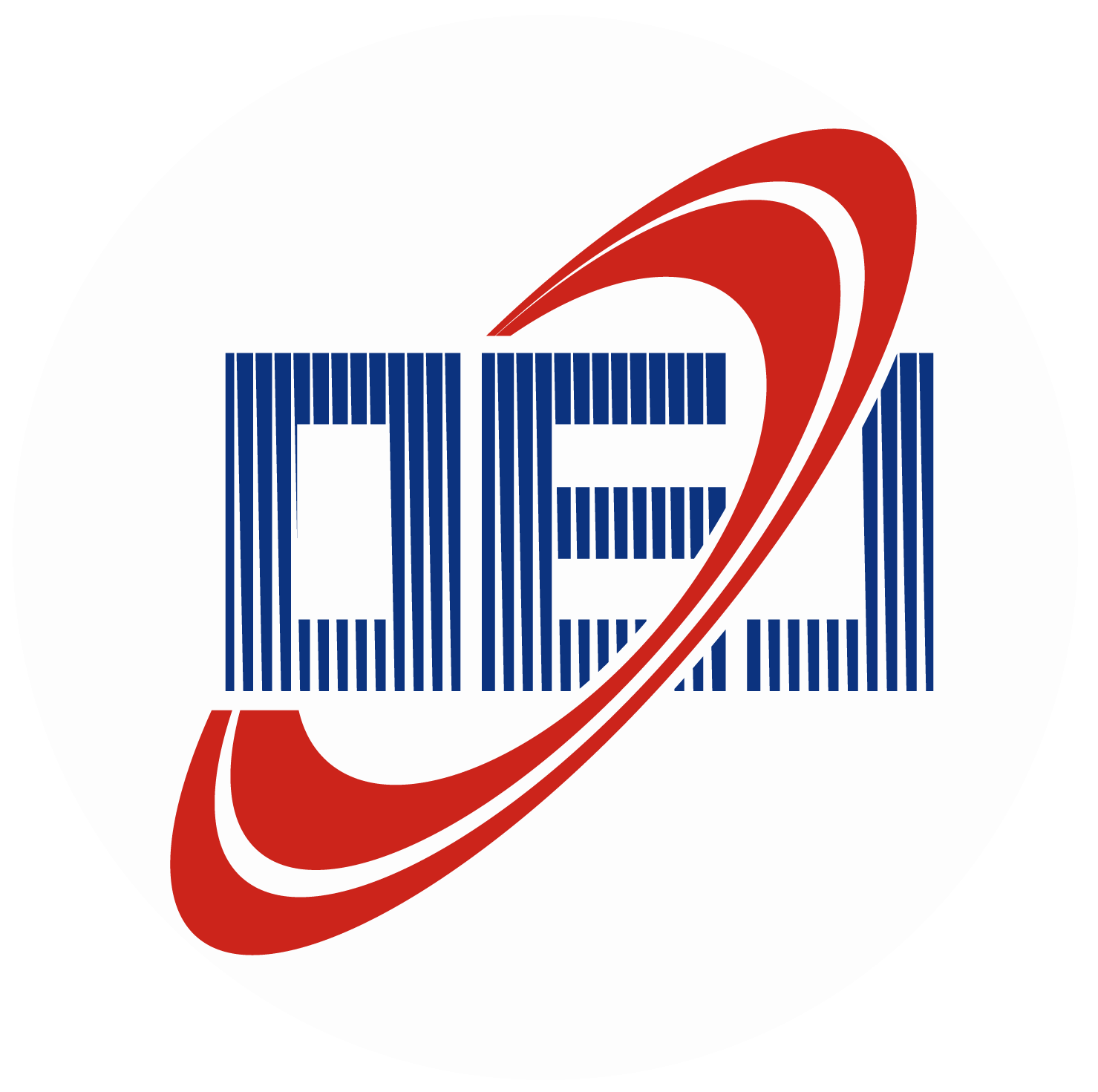-
Abstract
Artificial knee joint plays an important role in improving the joint condition of patients. The surface deviation of artificial knee joint will directly affect the treatment effect of patients. Therefore, it is necessary to evaluate the surface of artificial knee joint with high precision before it is put into use. The slope of the artificial knee joint is complex and varies greatly, and there are great differences in the knee joint surface among different patients. The complexity and unknowability of artificial knee joint make it difficult to measure its surface with high precision. In this paper, a normal vector tracking measurement method based on contact inductance linear displacement sensor (LVDT) is proposed, and a rotary scanning measurement system is built. This method performs curve fitting on the measured points, predicts the changing trend of the measured surface, and adaptively adjusts the sampling position and posture of the LVDT to make it measure approximately along the normal direction of the sampling point, so as to realize the adaptive rotation measurement of the complex and unknown surface with large slope. Through the measurement experiment of the standard ball, the measurement error of the calibration system is about 48.21 μm. In addition, the measurement experiment of the artificial knee joint model is carried out to verify the feasibility of the method. -



 E-mail Alert
E-mail Alert RSS
RSS


